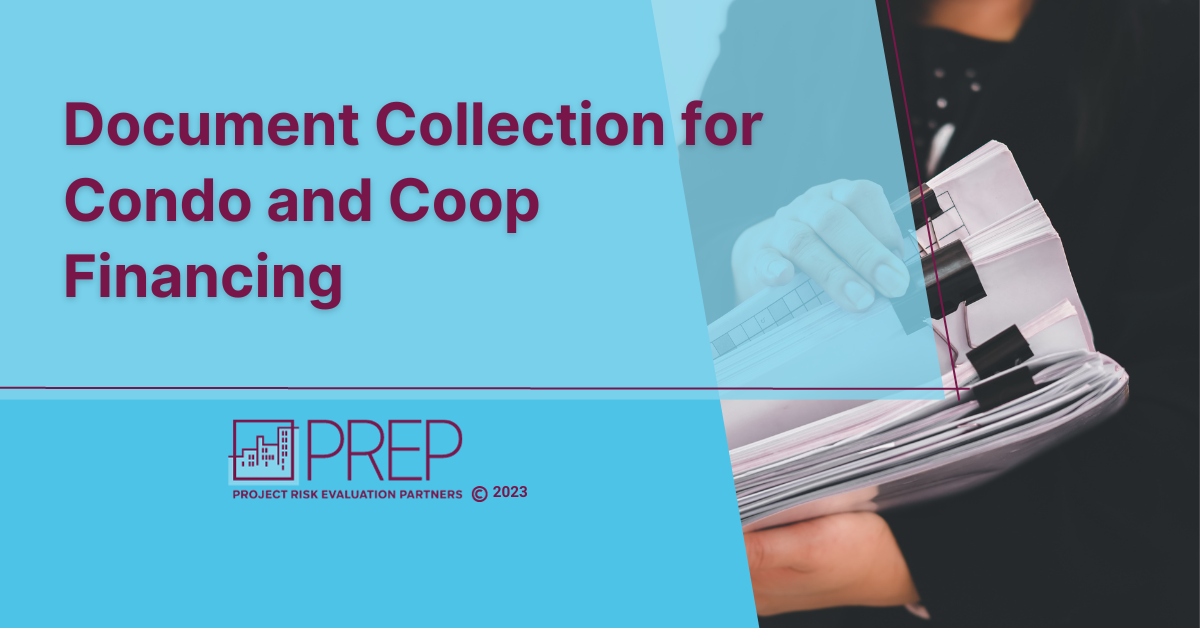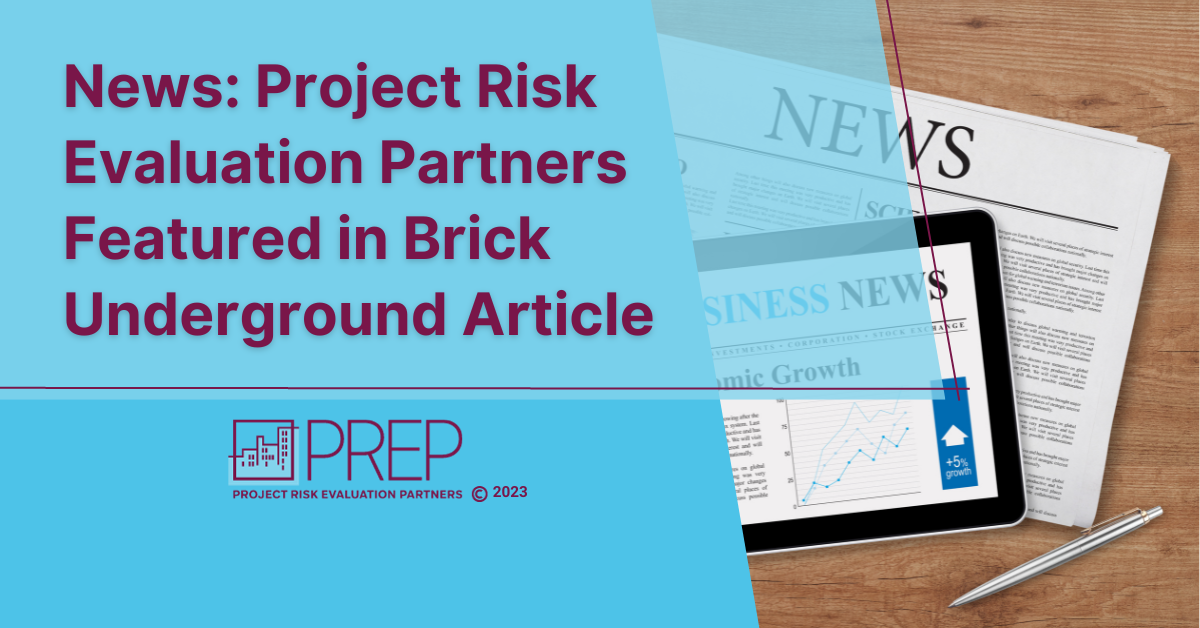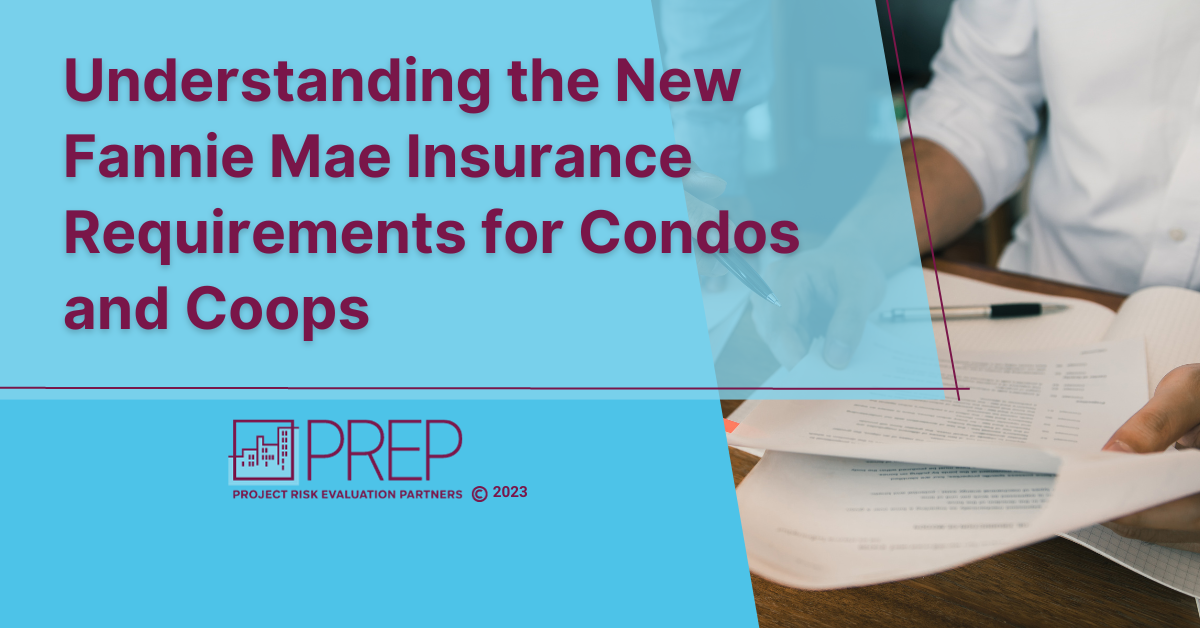Document Collection for Condo and Coop Financing
Document collection is one of the most tedious aspects of purchase financing or refinancing a
The tragedy of the Champlain Towers South collapse on June 24, 2021, in Surfside, Florida, and the impact of that event on condominium and cooperative project approval has been circulating in the news again recently. This is due, in part, to the additional structural integrity and safety requirements that lenders must now evaluate, instituted initially as temporary guidance but effective September 18, 2023, these requirements will become permanent project eligibility requirements of the Government Sponsored Enterprises (GSEs). The disclosure responses by condo associations, coop boards, or managing agents can determine whether a project will be considered unavailable for purchase by the GSEs, particularly, Fannie Mae, Freddie Mac, and others in the secondary mortgage market. Suppose a project is on Fannie Mae’s “unavailable” list. In that case, lenders are prohibited from delivering unit-end loans to Fannie Mae, presenting a problem for lenders that rely on secondary market deliveries for liquidity. Exacerbating the impact even further is that this “unavailable” list is not publicly available, and lenders cannot disclose to third parties if a condo or cooperative project is on the list. Knowledge of whether a condominium or cooperative project is “unavailable” only becomes known once a lender undertakes project approval which is after purchasers have applied for their loan, and this presupposes that the lender has access to Fannie Mae’s Condo Project Manager (CPM) certification tool. The reason a project is “unavailable” isn’t limited to structural integrity and safety issues; project finances, owner-occupancy, litigation, and many other factors are determinative. In fact, any Selling Guide project eligibility criterion that deviates from the acceptable threshold tolerance could be sufficient cause for the “unavailable” status to be applied!
Project Risk Evaluation Partners focuses on condominium and cooperative project eligibility analysis. As Chief Risk and Compliance Officer, I know what information is needed to determine if a project is eligible, allowing for the delivery of eligible loans in the secondary market. An accurately completed Condo or Coop Questionnaire can significantly benefit the lender’s analysis. While questionnaires are mundane to complete, the information they contain can be crucial to determining eligibility. The key is for the questionnaire responses to be accurate, complete, and current.
Unfortunately, in many cases, responses to these questionnaires are often not given the attention necessary to enable an accurate determination of eligibility because the information is often inaccurate, incomplete, and stale. Responses to questionnaires, if attended to properly and periodically updated thereafter to keep the data up to date, can alleviate significant wasted time and potentially thousands of dollars.
The questionnaires have basic information about the project, such as the correct name of the project, address, and tax identification number. These questionnaires oftentimes include questions about the finances of a project, including mortgages, special assessments, and measures to secure the financial well-being of the condo or coop. They also include questions about the structural health of the project, which include the date of the most recent inspection and what the findings were. All of this information should be readily available to the Boards or managing agents of a project.
If more attention were given to preparing accurate, complete, and current questionnaire responses, together with a greater willingness to disclose, viewing the lender’s involvement as a partnership of sorts, the mysterious “unavailable” list would be more relevant, identifying the project deficiencies that triggered the placement of the “unavailable” label all to the benefit of condo associations and coop boards, the public, and of course, the lender. It cannot be overstated that an eligible project means access to the best loan products and interest rates, thereby preserving and enhancing value for the owners!
Project Risk Evaluation Partners specializes in interpreting information on questionnaires and other documentation to determine eligibility for the secondary market or even for portfolio lending.
Patrick Connolly is a Principal and Chief Risk and Compliance Officer for Project Risk Evaluation Partners, LLC where he oversees the condo and coop project risk analysis risk department. Previously, he was a senior risk manager with Fannie Mae.
Document collection is one of the most tedious aspects of purchase financing or refinancing a
We are thrilled to announce that Project Risk Evaluation Partners was featured in an article
Insurance requirements for condos and coops have recently undergone significant changes, with Fannie Mae introducing
Importance of Loan Commitment in Condominium Unit Purchase When financing a condominium unit purchase, a
You may not have heard of them quite yet but consider this: the GSEs—government-sponsored enterprises—purchase,
As the largest purchasers of loans in the residential secondary mortgage market, the GSEs or
The

Document collection is one of the most tedious aspects of purchase financing or refinancing a condo or coop. It is also one of the most

We are thrilled to announce that Project Risk Evaluation Partners was featured in an article by Jennifer White Karp on Brick Underground. The piece, titled “Here’s

Insurance requirements for condos and coops have recently undergone significant changes, with Fannie Mae introducing a new level of detail that requires confirmation of certain
Stay up-to-date with issues important to the Mortgage Industry, Secondary Markets, Residential Lenders, Real Estate Brokers, Condominium and Cooperative Associations Developers, Buyers and Sellers.